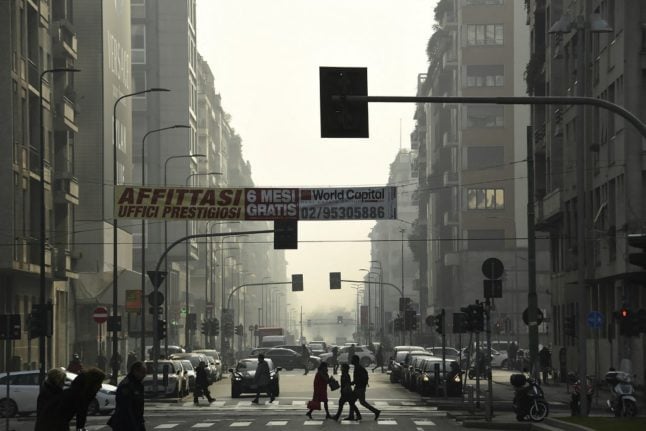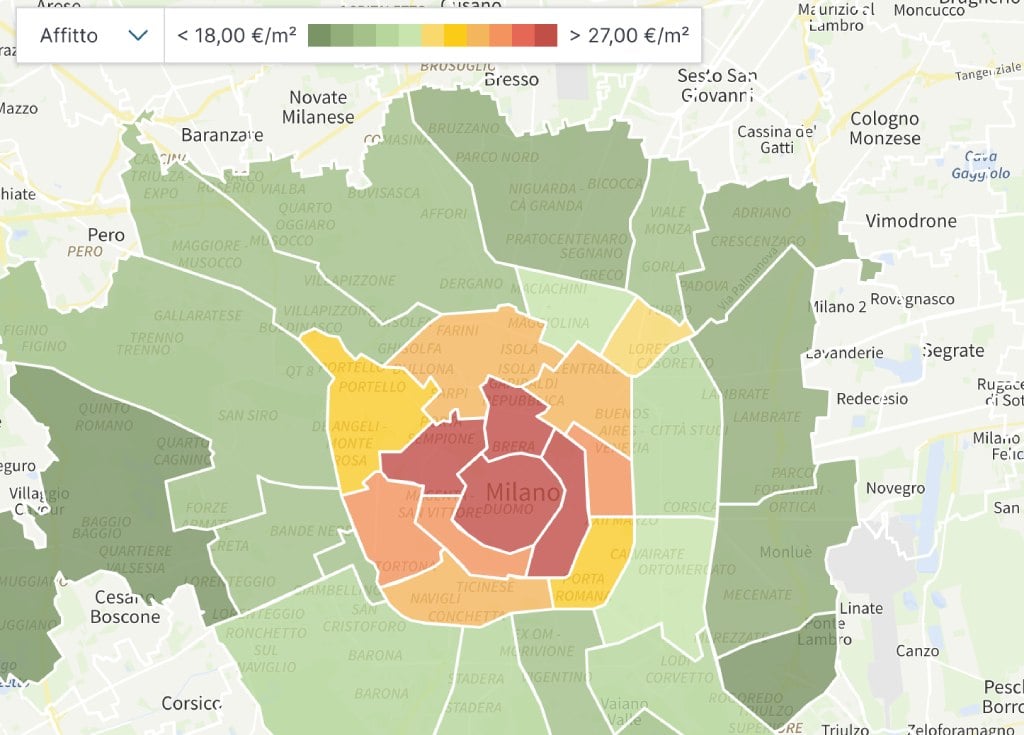Anti-smog measures came into force in Milan, Monza, Como, Bergamo, Brescia, Mantua, Cremona, Lodi and Pavia on Tuesday morning, local media reported, as PM10 air pollution levels exceeded limits for a fourth day in a row.
The measures include a ban on driving higher emission vehicles, classified as up to euro 1 for petrol and euro 4 for diesel, between the hours of 7.30am and 7.30pm on weekdays in any town with more than 30,000 inhabitants.
Is Milan really the world’s third most polluted city?
There was a requirement to keep heating set below 19 degrees Celsius, and a ban on lighting open fires and using less efficient wood burning stoves, rated three stars or lower.
Agricultural businesses were meanwhile prohibited from spreading manure and fertiliser.
The same measures came into force on January 30th in six provinces when PM10 particle concentration again exceeded limits for more than four days in a row.
Unusually mild and dry weather conditions were blamed for worsening pollution in the area in recent days.
The Lombardy region was “activating temporary measures provided for by law” due to “weather conditions that determine the stagnation of pollutants on the ground,” regional councillor for the environment, Giorgio Maione, told Italian media on Monday.
The restrictions came into force amid controversy over media reports citing data from Swiss site IQAir showing the concentration of PM2.5 fine particles in the Milan’s air over the weekend was around 13.8 times higher than the World Health Organisation’s recommended limit, making it the world’s third or fourth most polluted city.
Milan’s Mayor Giuseppe Sala on Monday dismissed the reports, saying the findings were “the usual impromptu analyses… from social media”.
REVEALED: The most polluted towns in Italy in 2024
Sala acknowledged that city authorities “have not performed miracles” when it comes to reducing pollution levels, but said his council was trying to take action.
A 2023 report from Italian environment watchdog Legambiente found that, of the ten worst cities for PM10 (coarse particulate) pollution, nine were in the Po Valley area of northern Italy, with Turin, Milan and Cremona topping the chart.





 Please whitelist us to continue reading.
Please whitelist us to continue reading.
Member comments